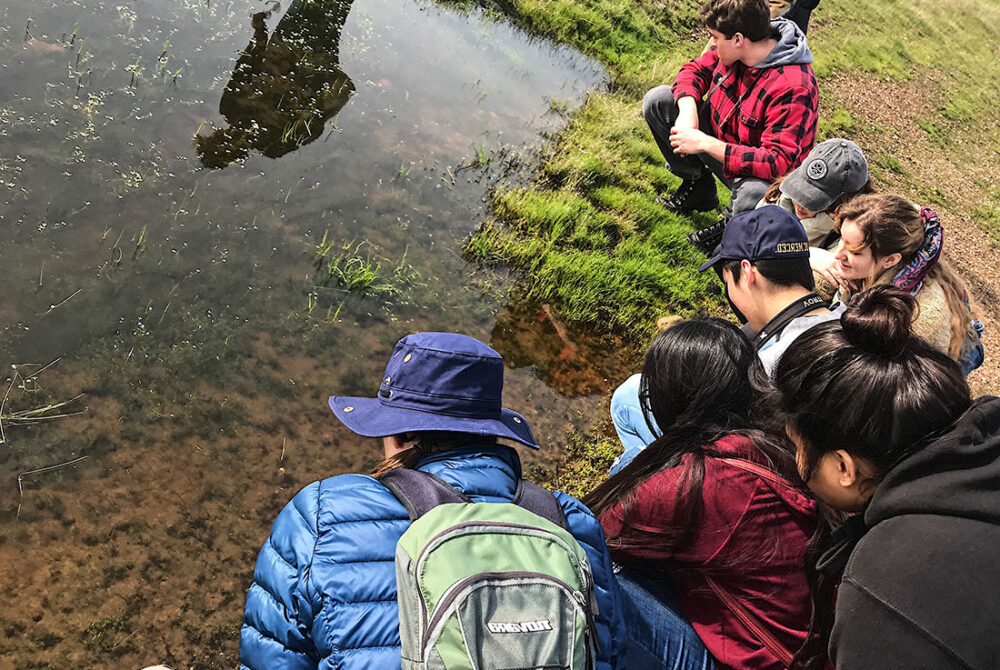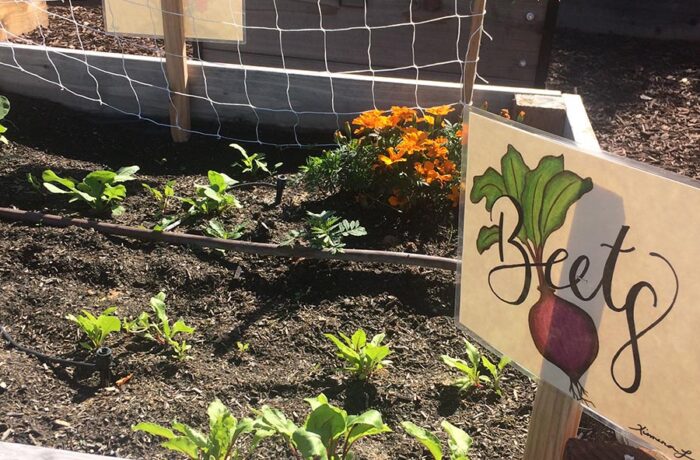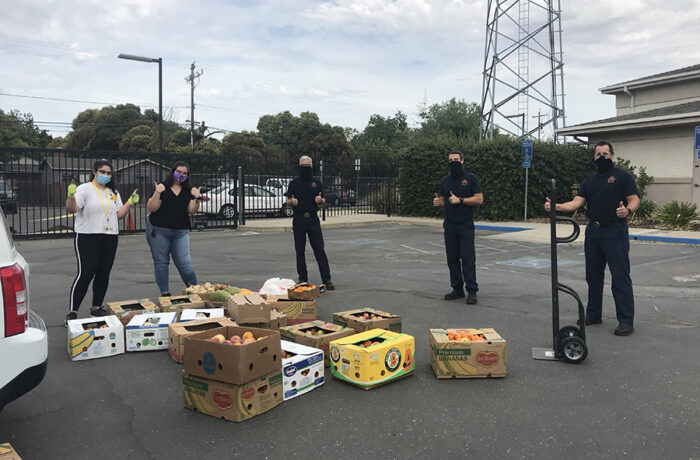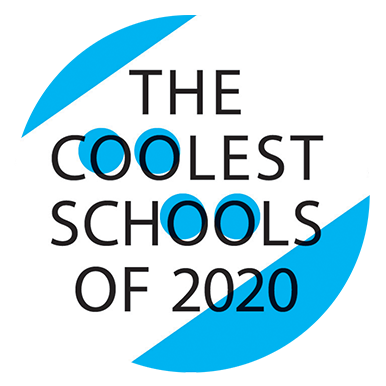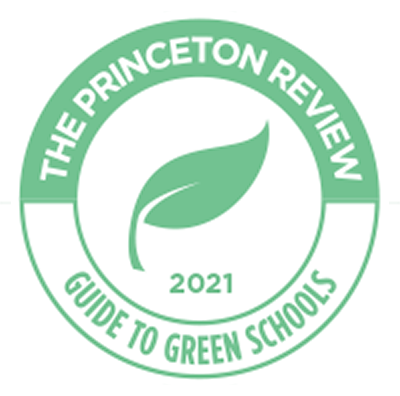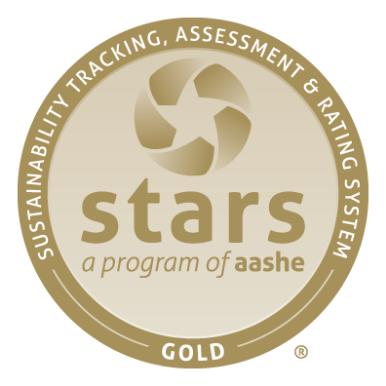UC Merced has made significant progress toward achieving its sustainability goals as outlined in the systemwide Sustainable Practices Policy and the campus’s Sustainability Strategic Plan.
Most notably, the campus achieved carbon neutrality 7 years ahead of the UC system’s 2025 goal. The portfolio of solutions for this achievement includes a campus solar array system that mitigates carbon emissions, an additional on-site solar installation and reductions in the carbon intensity associated with green power purchases. The portfolio also includes the purchase of offsets. (Because this data was independently verified late in 2020, UC Merced’s climate data does not reflect this achievement.)
UC Merced has a total of 24 LEED certified buildings under New Construction and Existing Building Operation & Maintenance. The last certification was the Sustainability Research and Engineering (SRE) building, which earned a Platinum rating in new construction. This is one of 13 buildings from the the Merced 2020 project project that will achieve a Platinum rating.
To combat food insecurity and reduce food waste, UC Merced has implemented the successful No Food Left Behind (NFLB) program. NFLB is a text messaging service open to all UC students, staff and faculty to ensure catered food left over from events is not wasted and instead feeds the UC Merced community. Members of the campus community who opt into the texting service receive a text usually 24 hours before an NFLB event. The leftover food either must be stored properly or consumed immediately, and participants have only 15 minutes after the scheduled event to collect leftovers.

CLIMATE PROTECTION – EMISSIONS
ENERGY – RENEWABLE ELECTRICITY GENERATION
ENERGY USE INTENSITY (EUI)
Transportation
UC Merced continued to make strides in its efforts to use alternative transportation methods and support the use of electric vehicles in 2020.

of UCM employees are utilizing alternative commuting methods

EV charging stations at this location for 2019-2020
Water
ZERO WASTE – GENERATED
ZERO WASTE – DIVERTED
Food
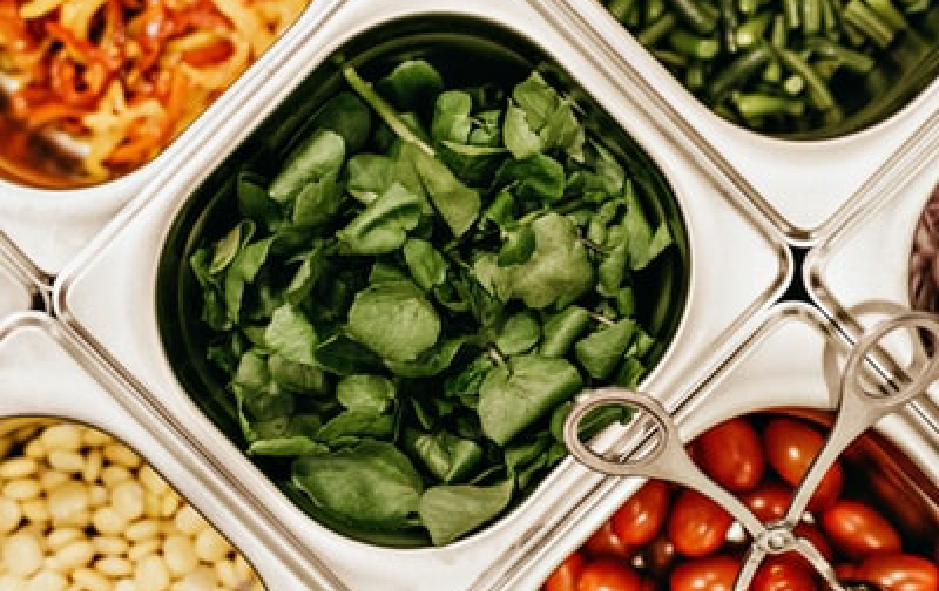
total spend on food and beverages
percentage of food and beverage purchases that met sustainability criteria in fiscal year 2019-20
UC Merced continues to set ambitious goals, with a goal for 2030 of 25% spend on sustainable food and beverages.
procurement

green spend on indoor office furniture
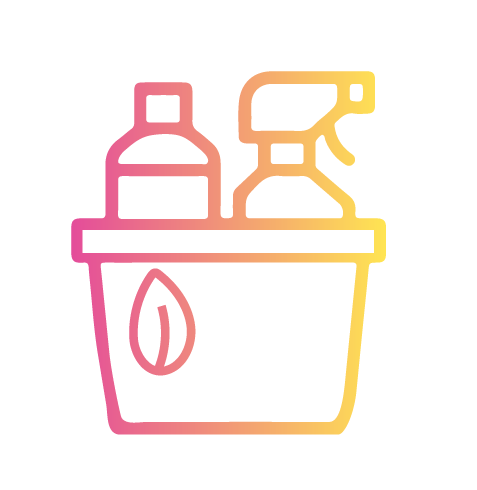
green spend
on cleaning supplies

green spend on electronics
UC Merced’s goals for procurement include 25% green spend on electronics and indoor office furniture, and 75% green spend on cleaning supplies.
Green building
UC Merced received 2 Platinum LEED certifications in 2020.
12 Platinum, 10 Gold and 2 Silver
Total number of LEED certifications
Sustainable Building & Laboratory Operations
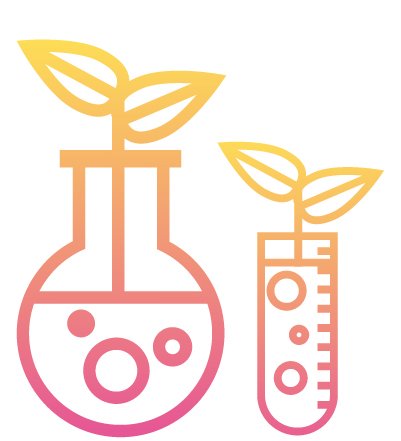
total assessed research labs
UC Merced has met the goal of assessing three labs.
Awards
UC Merced was the proud recipient of several sustainability awards in 2020.
A full list of awards is here.
 Sustainability Annual Report 2020
Sustainability Annual Report 2020